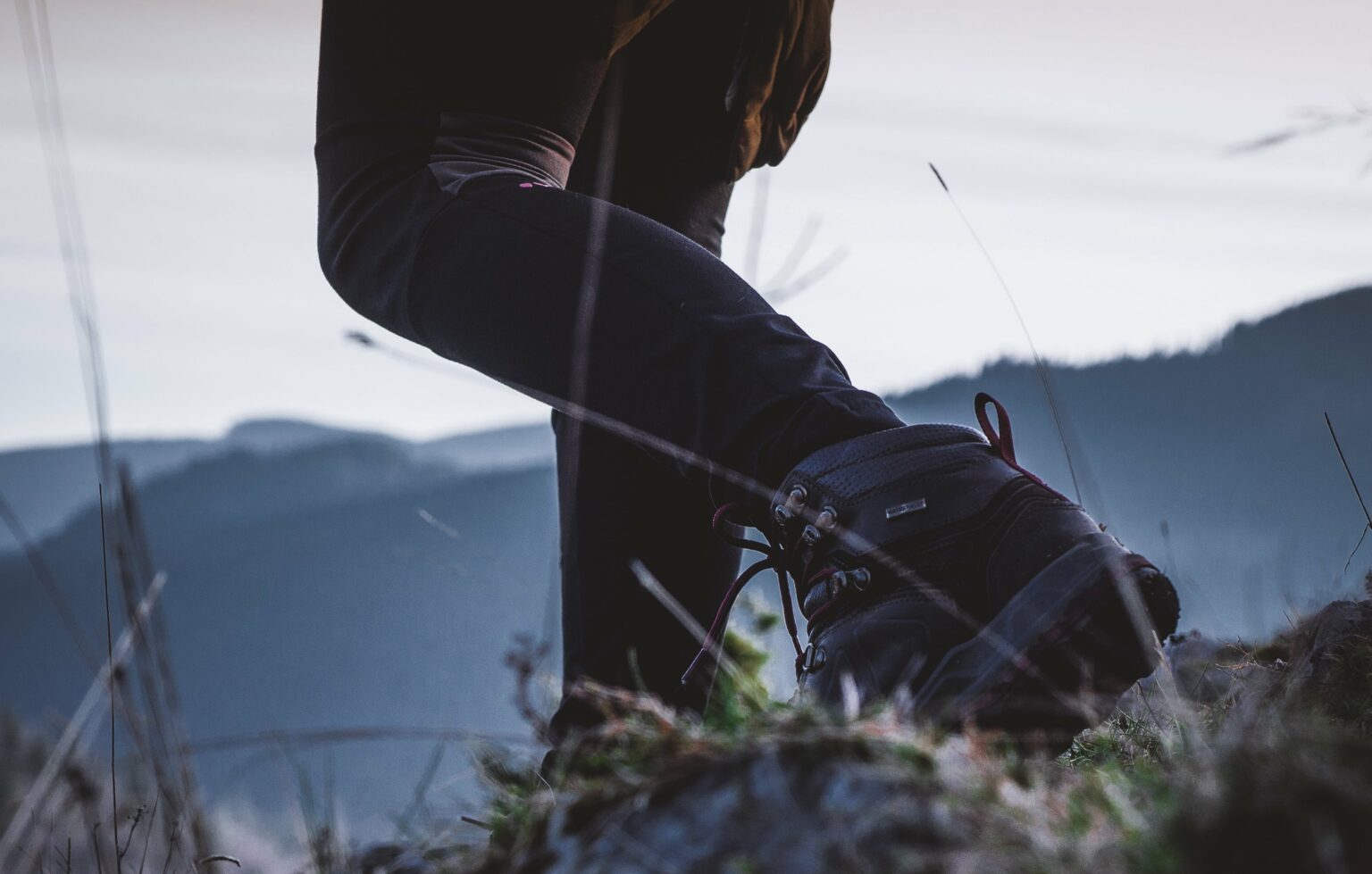You're preparing for your next mountain hike. You've taken stock of your equipment and you realise that your old pair of sports shoes probably won't do for tackling the steep slopes of the Alps. In this guide, you'll find out how to choose a pair of hiking boots for women.
Forget your old trainers
Sport is a serious matter, even if it remains a leisure activity. You can't go hiking in trainers ! This may be tempting from an economic point of view, as you wouldn't have to buy a whole pair of boots just for one or two mountain outings a year. But from a practical point of view, it's a very, very bad idea. You risk injury in the first few metres, when your foot hits a large stone or your ankle gets stuck in a hole. Then you'll just have to wait for help, and head for hospital!
There are many companies making hiking boots for women, but not all of them are the same. That's why it's always a good idea to compare prices before committing to a new pair of boots. You want a comfortable, sturdy, well-fitting boot that supports your foot perfectly.
How do you choose the perfect shoe?
Choose a shoe with a little more ankle support. Even if you don't have to worry about blisters or sores, hiking can be a painful experience, especially for shins as you walk over uneven surfaces. Extra padding will help reduce stress and discomfort. A shank will also help you feel more comfortable when it comes to walking long distances.
Make sure you understand how the technology is used in the manufacture of your new pair. The internet is a great place to research, and you can visit several retailers to compare features and prices. While some features may be the same as a previous model, others may be brand new.
Take into account the environment in which you will be hiking. Some environments require more robust footwear than others. If you're trekking over rocky terrain, you'll need thicker soles. You'll also need to take the temperature into account, especially if you're going hiking in the colder months.
Look for comfort and quality when buying shoes. Don't skimp on the choice of materials. You may be able to make do with a cheaper shoe, but it won't be as comfortable as a quality model. Pay attention to the materials used to make your shoe.
Your aim is to protect your feet in general, while making them feel good. It makes no sense to spend money on a pair of hiking boots that will only last a few months and then have to buy another pair because they've started to wear out!

